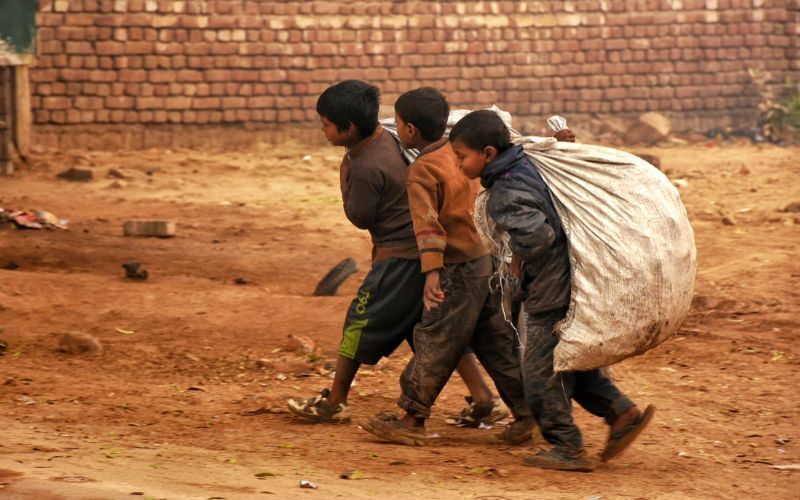Science Plays Crucial Role in SDG Success
Photo by Dulana Kodithuwakku on Unsplash
[Regarding the United Nations Sustainable Development Goals (SDGs), several distinct roles for science emerge:
- The role of diagnostics and observation: Policy and development finance tends to be mobilized around response, not anticipation and planning. Observing and analyzing development impacts such as the Ebola epidemic or the Nepal earthquake can improve future investment planning.
- The role of program design: There are two dimensions to this. Evidence is important to figure out what programs work and where they work. The other element is the application of innovation, especially since eye-catching technical innovations tend to garner a disproportionate amount of science funding.
- The role of monitoring: There are 169 indicators associated with the 17 SDGs. Science can provide the capacity to deconstruct and understand the complex interplay of data analysis, mapping, and diagnostic tools available to measure the impact of the goals.
- The role of creating paradigms: Science and technology affect the way we see and change the world. SDG-related science can come up with new ideas about sustainable development and help articulate boundaries for life and environmental systems.
- The role of capacity building: Traditionally, low-income countries are only expected to substantively invest in building science infrastructure once they have reached a certain level of development. But doing research should be framed as its own public good. That way, it becomes inconceivable that any country could achieve any SDG without a healthy and diverse research system.
This list demonstrates that we need to move beyond thinking of innovation as just about technology and recognize that it is about policy leadership too. For instance, reducing carbon emissions does not need to wait until the car industry reforms itself, there are several policy decisions — such as taxing fuel and providing low-carbon public transport — that politician can make.
The SDGs acknowledge the complexity of our world and provide plenty of opportunity for cross-disciplinary work. For instance, goal 2 aims to end hunger and is at least as concerned with politics and economics as it is with climate change and farm yields.
But the structural relations, incentives, and training of researchers currently in place do not routinely support cross-disciplinary work. Again, better policy leadership could provide a boost to interdisciplinary collaboration.
Crucial to this will be the engagement between various policy spheres and research. There are broadly two approaches in use: one is to engage the public and build their demands for scientific evidence in policymaking, the other is to place scientists within ministries and government departments.
by Nick Ismael Perkins
Source: SciDevNet


